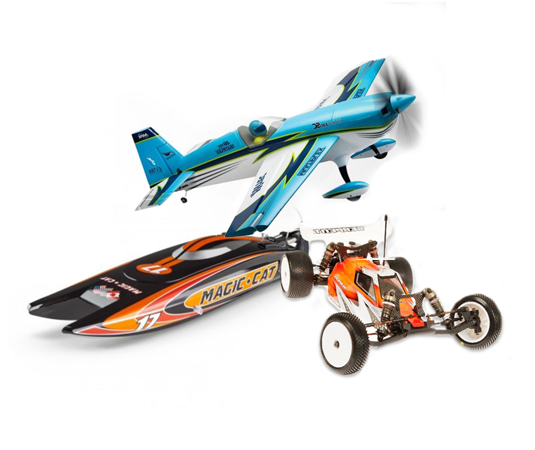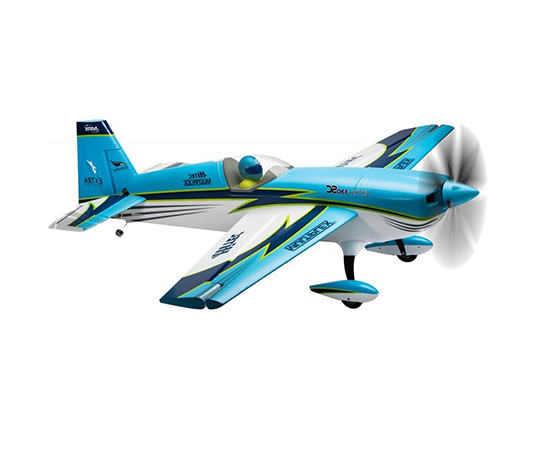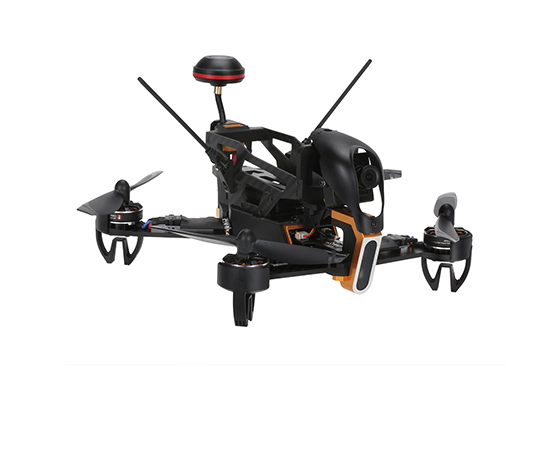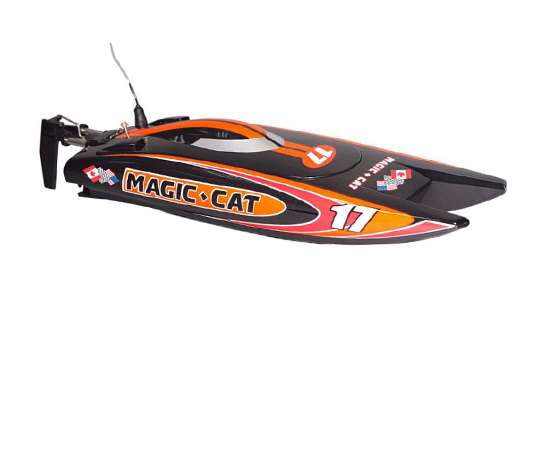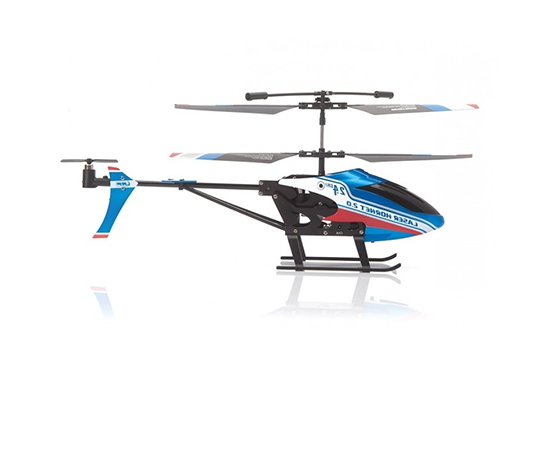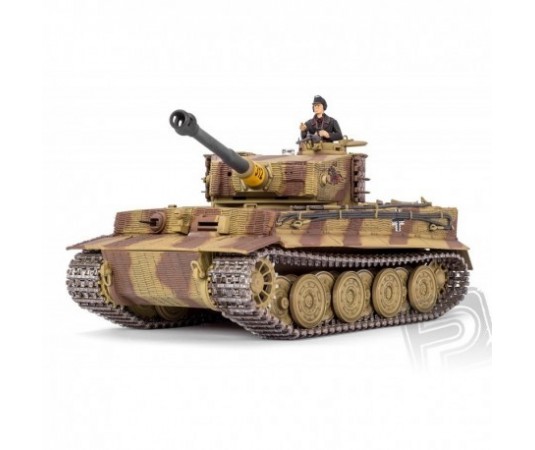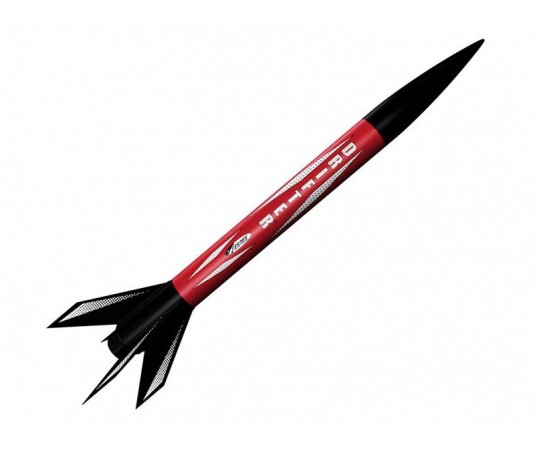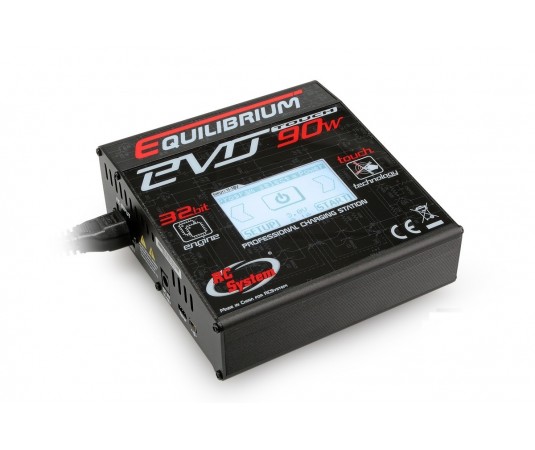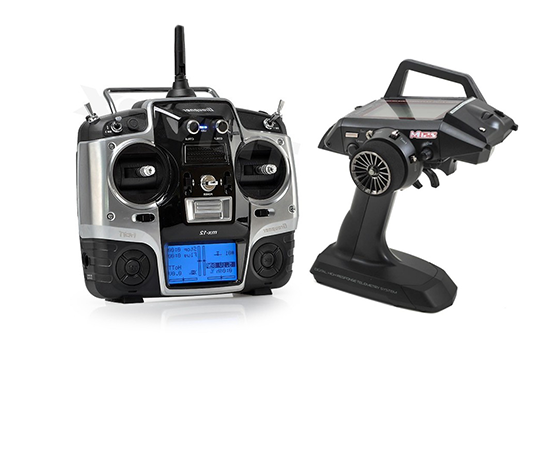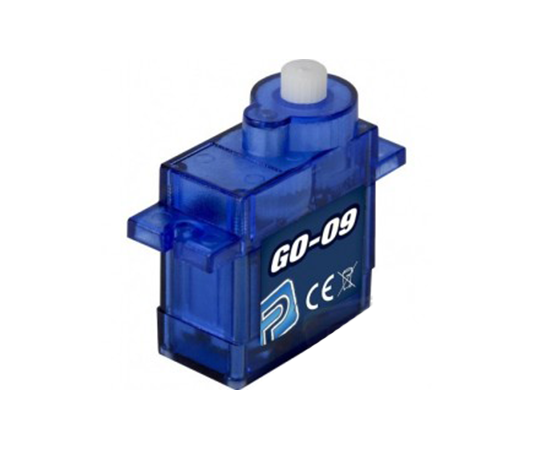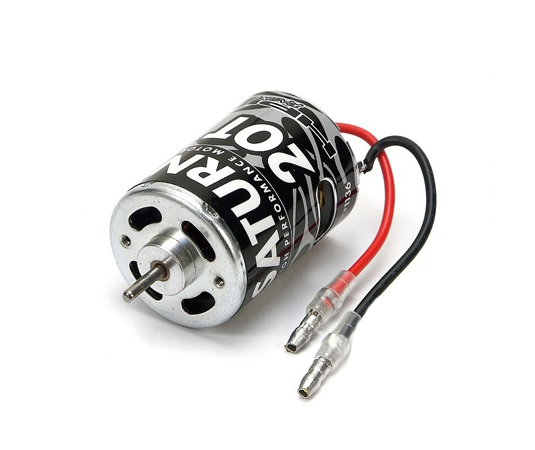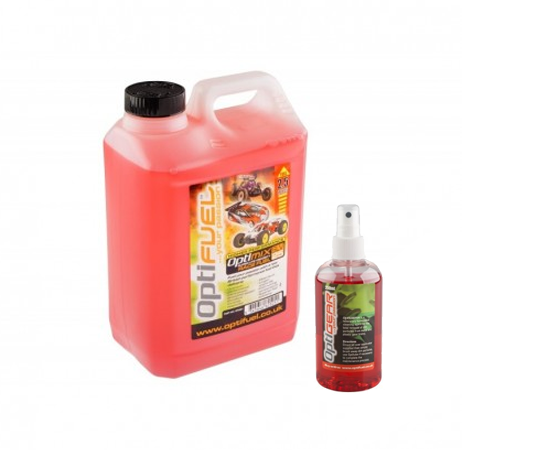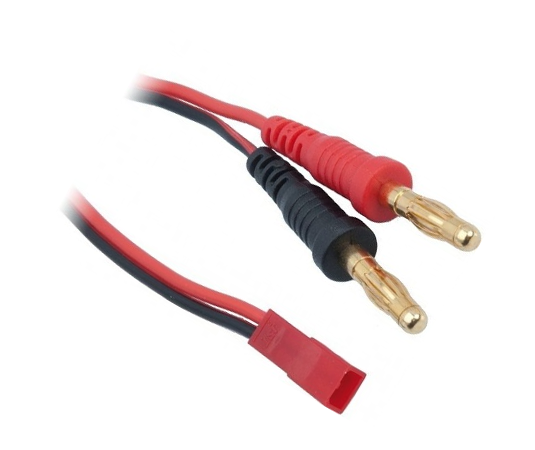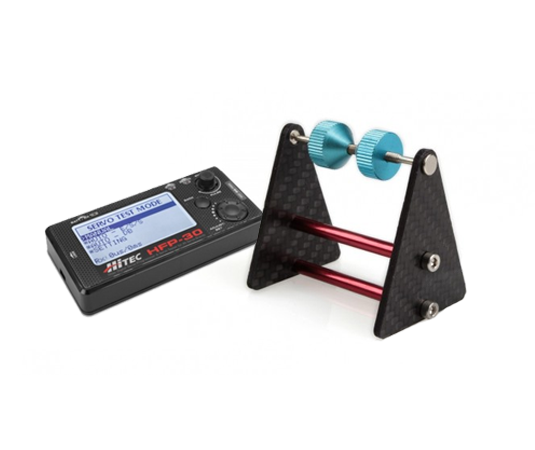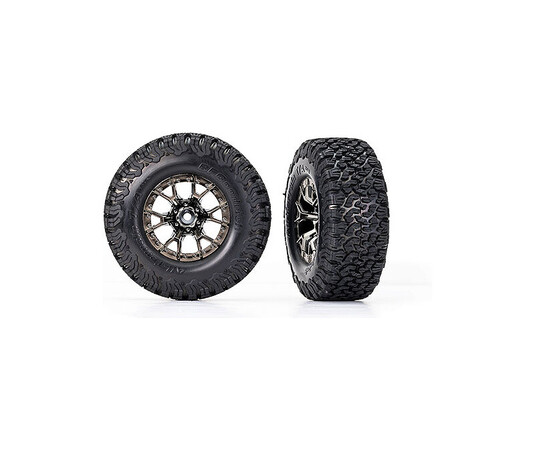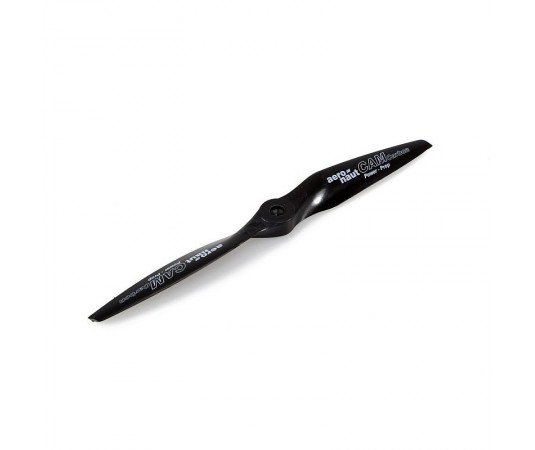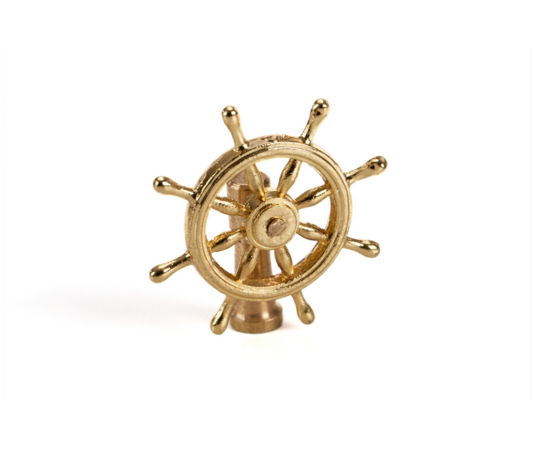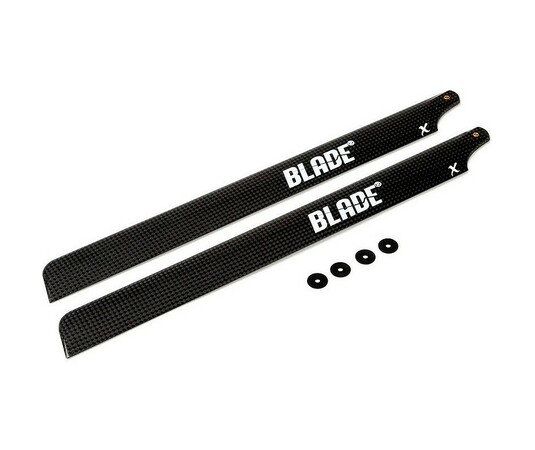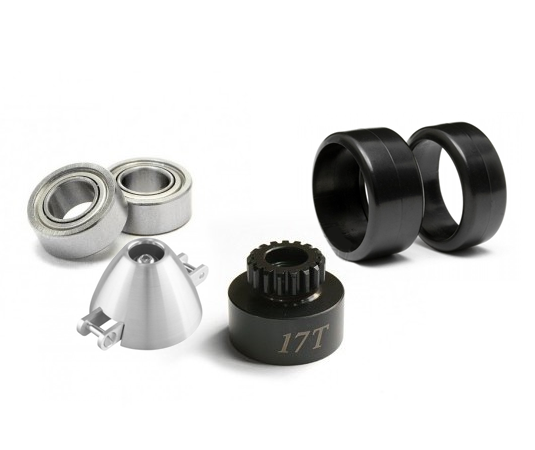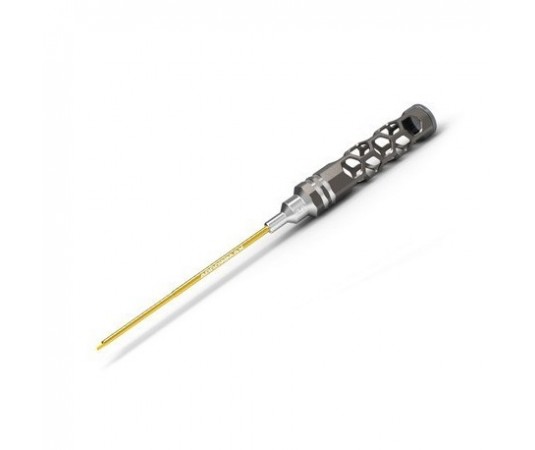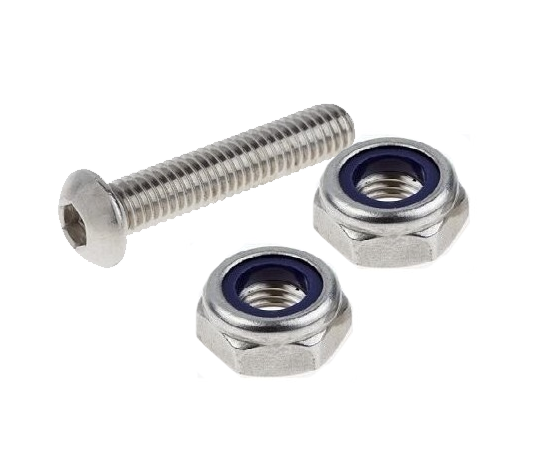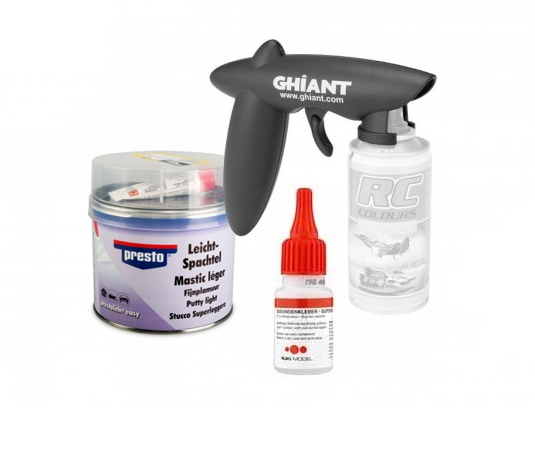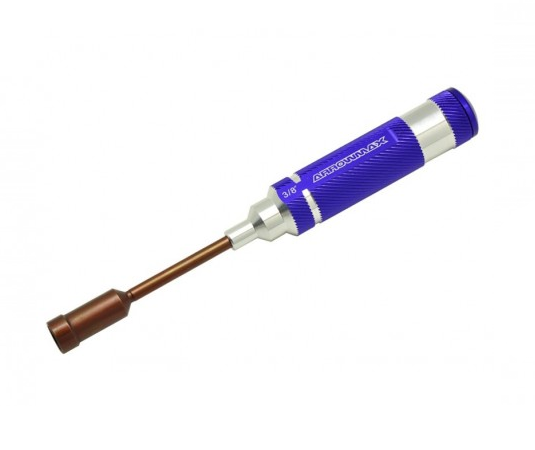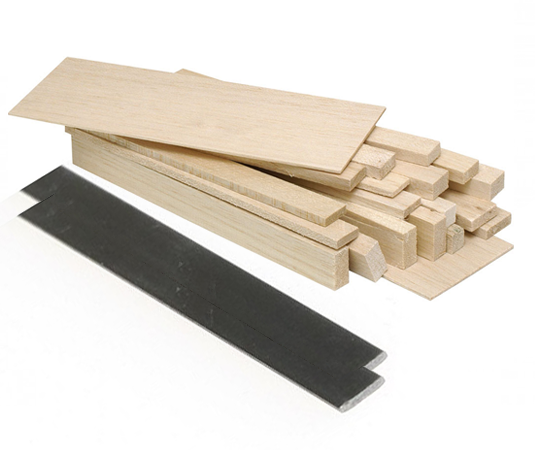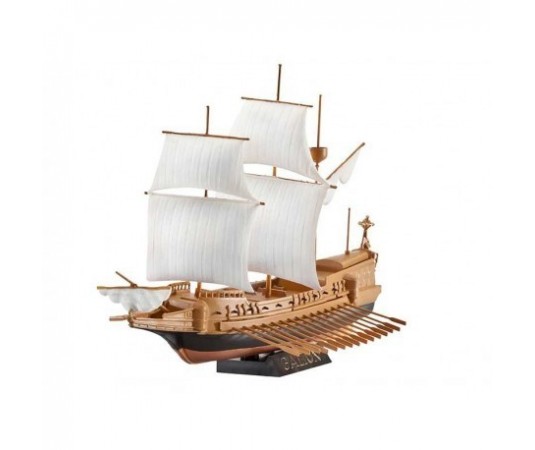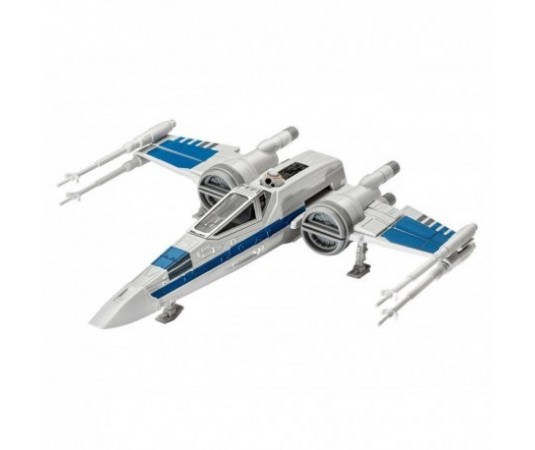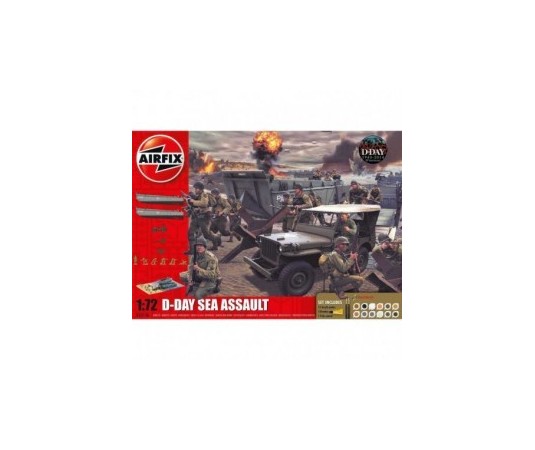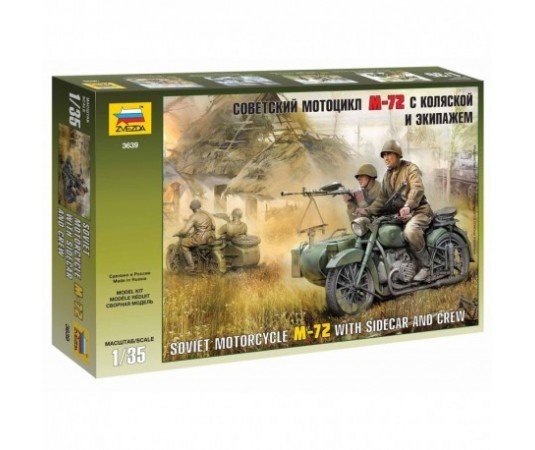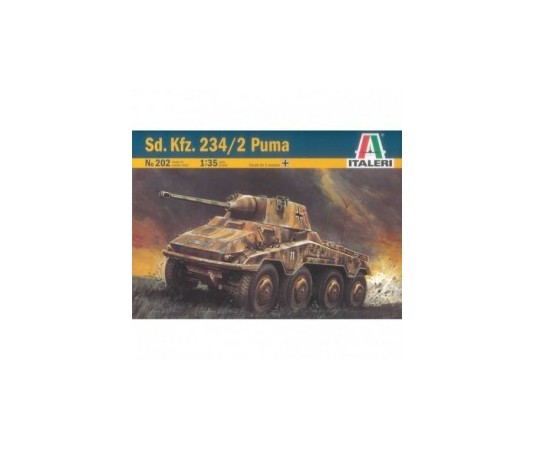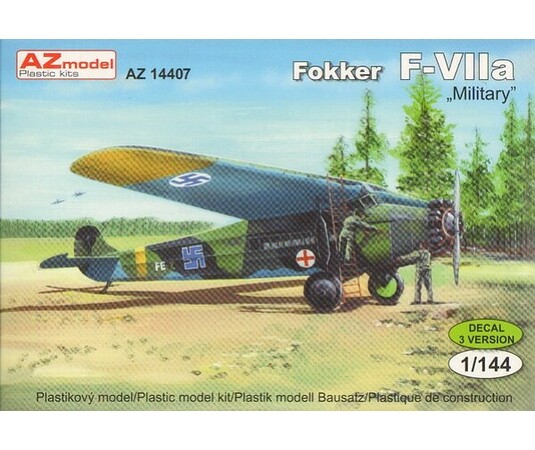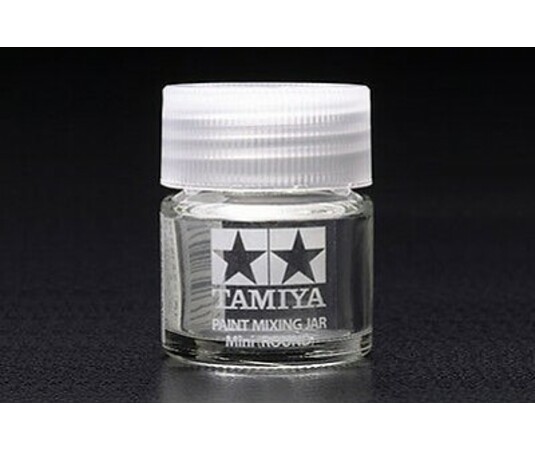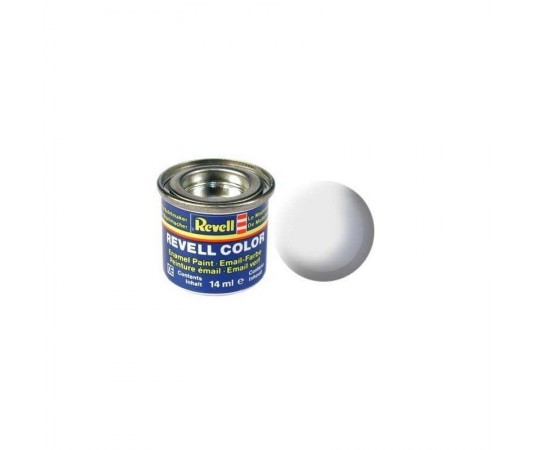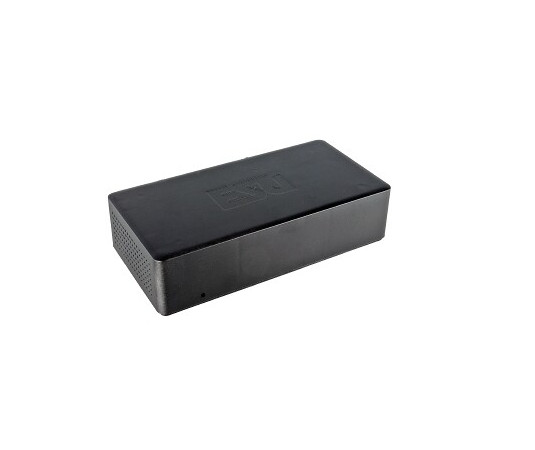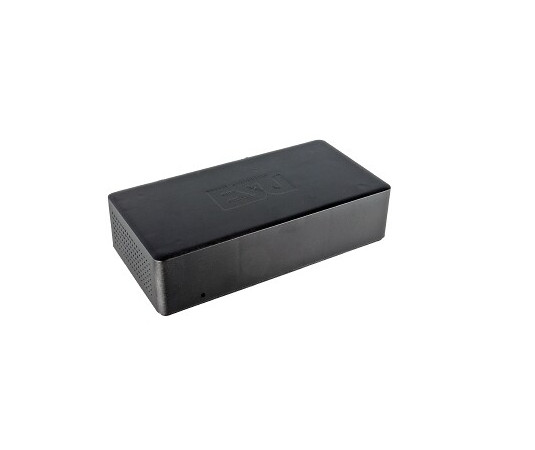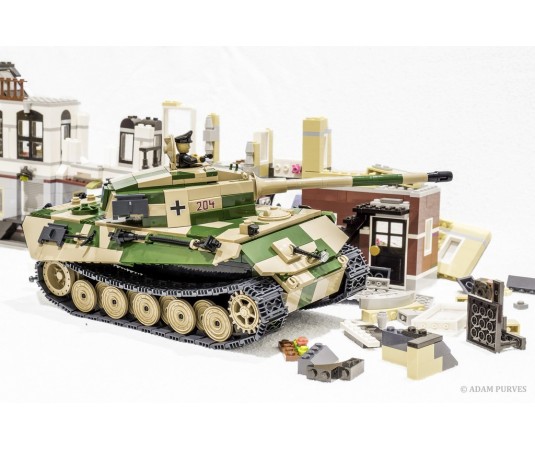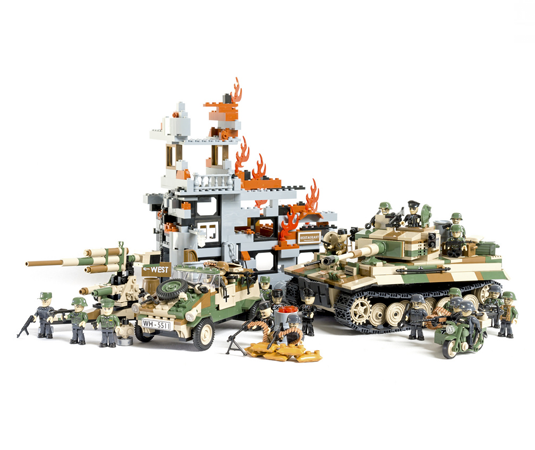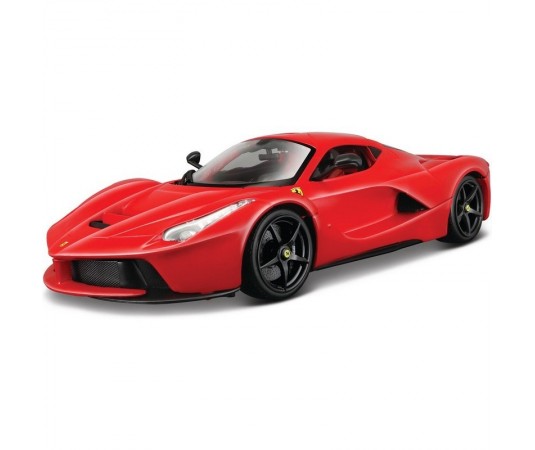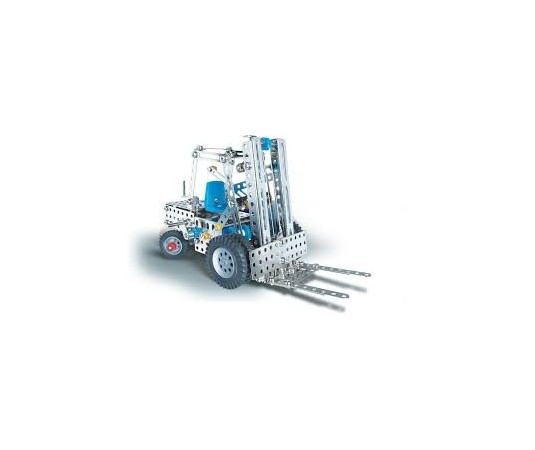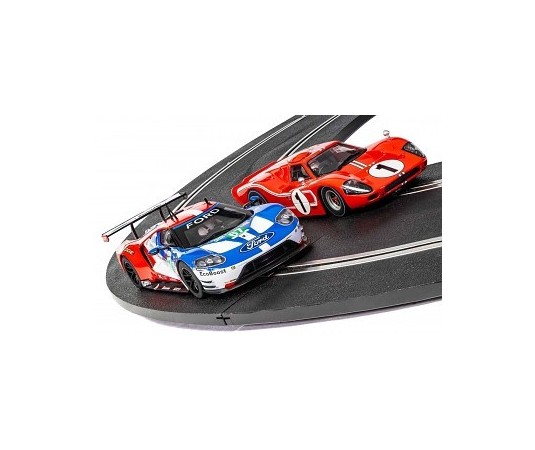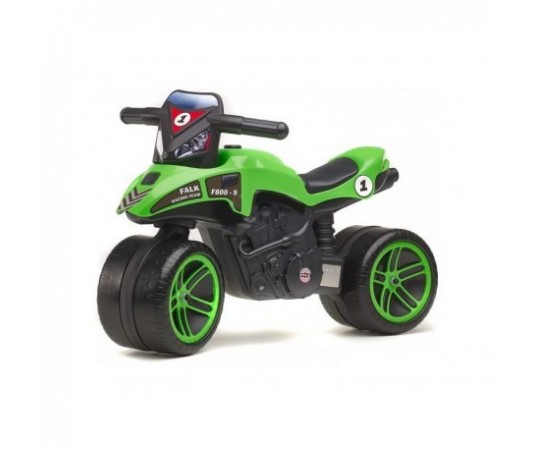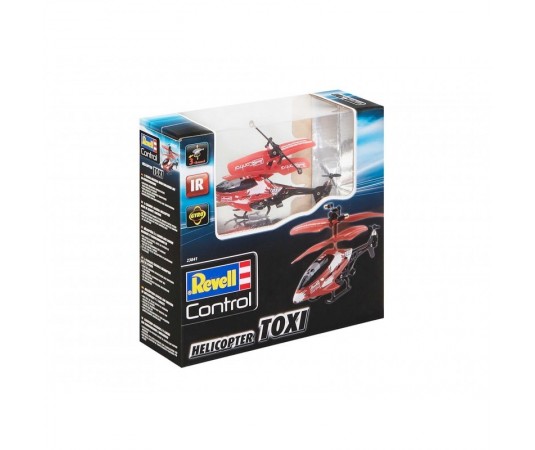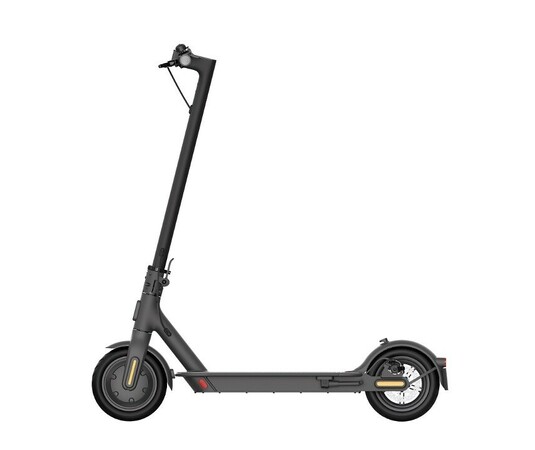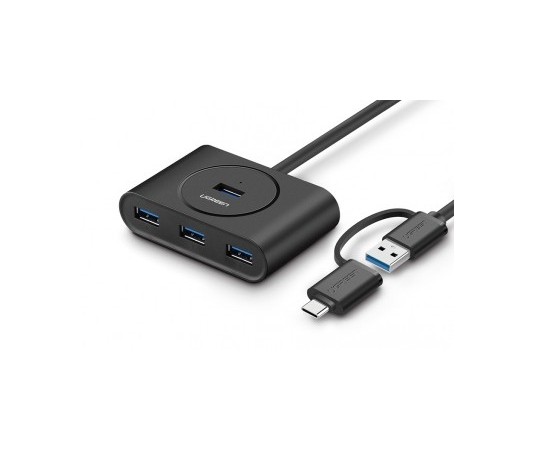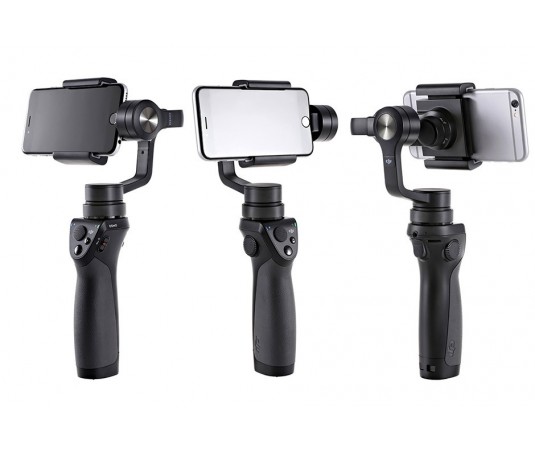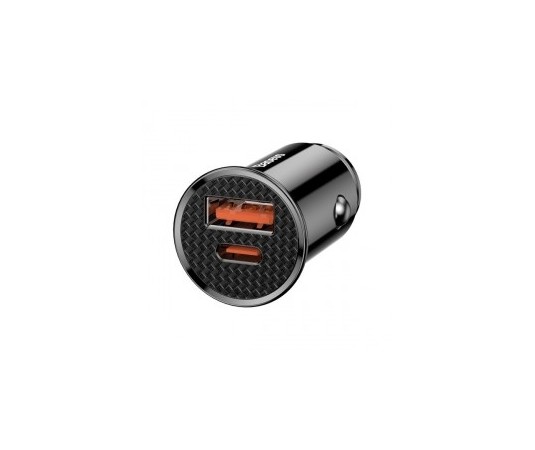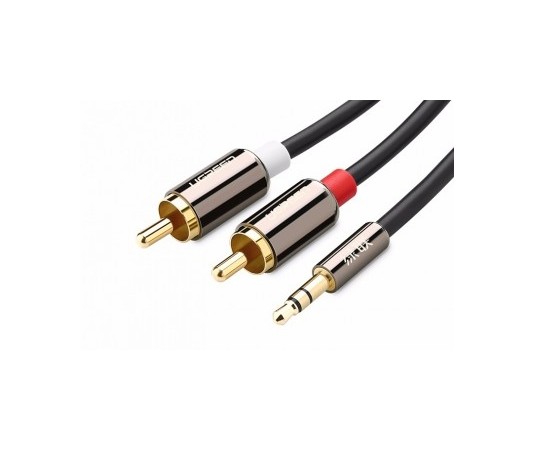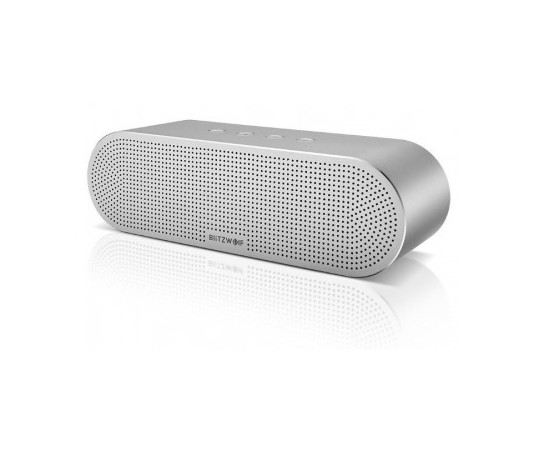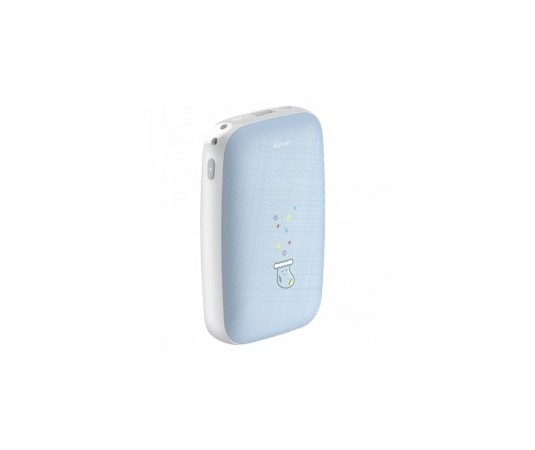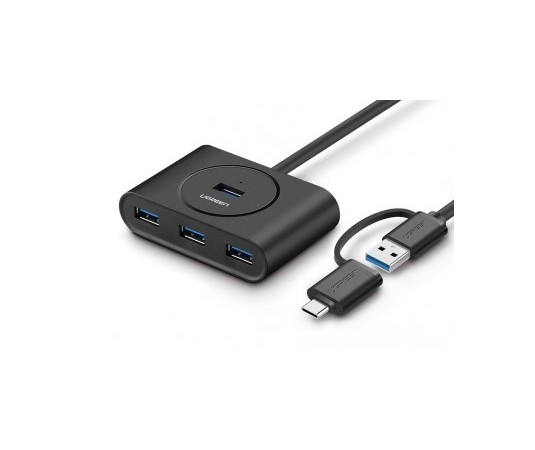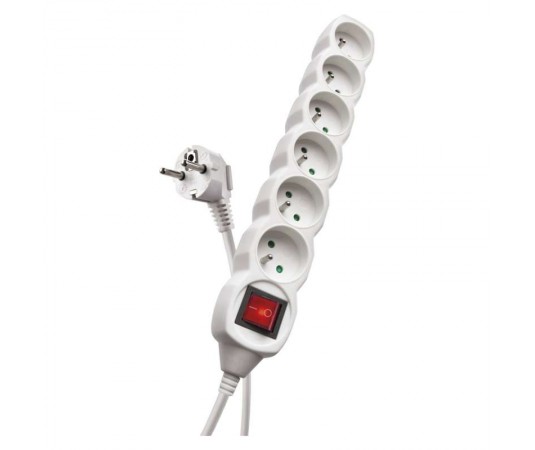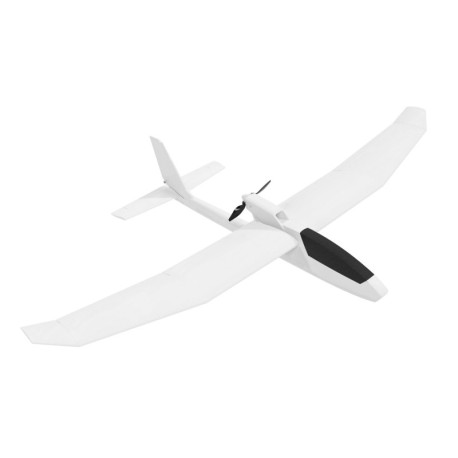KAVAN Beta 1400 KIT

Express delivery

Large selection of carriers

Satisfaction guarantee
Although outwardly it retains the features of the original BETA 1400, the BETA 1400 under the KAVAN brand is a completely new model with slightly different dimensions, a new wing profile, a new AC motor with a folding propeller and a far more sophisticated construction. New molds and advances in foam molding technology ensure that all parts are far finer and more precise. The BETA 1400 - a durable school and training workhorse - is ideal for novice pilots, from the initial pounding of the landing field to basic aerobatic turns and thermal sailing. It will also please recreational weekend flyers, who will be provided with a compact and easily transportable model for perfectly relaxing flying.
The BETA 1400 is a school and training motor glider made of highly resistant extruded polyolefin EPO powered by an AC motor. Thanks to its concept with the engine placed on the pylon behind the wing, it resists rough handling very well and tolerates even harder "olfactory" thrusting of the nose into the native clod, which would at least lead to damage to the propeller in classic models with a nose engine.
The fuselage with a pylon behind the wing ready for the installation of an AC motor with a rotary shroud (we recommend the KAVAN C2814-1400 "tailor-made" for BETU 1400) is molded from EPO foam. The cables with wire rods for controlling the rudder and elevator are already glued, shafts corresponding to the dimensions of the KAVAN GO-09 servos are prepared for the positioning of the servos. The cabin cover is removable with a magnetic closure. The two-part wing is also molded from EPO, the ailerons are controlled by 2 servos stored in the wing with short straight wire rods, for which shafts corresponding to the KAVAN GO-09 servos are already prepared. The wing halves are joined by a carbon tube coupling and secured with a screw on the underside of the wing. The tail surfaces in the classic layout are molded from EPO, they are controlled using wire cable guides. Engine cooling is aided by the entry of cooling air in the leading part of the pylon, the cooling air flows through channels around the engine casing. Ailerons, rudder, elevator and engine speed are controlled.
You will need at least a four-channel RC set to control the model. In that case, both aileron servos are connected to one channel using a Y-cable. When connecting the receiver, follow the instruction manual of your RC kit. It is ideal if you have at least a five-channel computer RC kit that allows independent control of the aileron servos. In that case, you can set the aileron deflection differentiation; to begin with, we recommend 50% - i.e. the downward deflection of the aileron is half compared to the upward deflection. It is also useful to mix the ailerons so that they deflect upwards at the same time as an air brake to facilitate landing. You will appreciate this on smaller landing areas and especially when flying on a slope. When adjusting the aerodynamic brakes, make sure that even when the ailerons are fully deflected up as a brake, the possibility of their full deflection up as ailerons is preserved.
An alternating speed regulator should have a load capacity of at least 18 A - e.g. KAVAN R-20B is ideal.
To power the Beta 1400, you will need a three-cell LiPo battery 11.1 V with a capacity of 1600-2200 mAh (load capacity 20C).
The BETA 1400 is intended for beginners - as we always supply - under the supervision of an experienced pilot, as well as for anyone who just wants to have fun flying for fun. Its flight characteristics are pleasant and unobtrusive. The model introduces you to full-fledged control of the model around all three axes; with proper coordinated control of the rudder, ailerons and elevator. You will "find" this experience at the latest right after you start flying with your first aerobatic model or (semi) model of any kind. By changing the length ratio of the levers on the servos and rudders, you can set the size of the deflections in a large range. The beginner will start with small deviations, safe even with excessive "steering"; an experienced pilot will set up a large one, allowing even a bit of the basic "motor-glider" acrobatics - somersaults, barrel twists, headland turns are quite good for Beta! The engine power is sufficient for a very lively climb, while the model is not excessively overpowered, which could cause difficulties for novice pilots. BETA 1400 can use even not very strong thermals and can last "for ages" in the sky.
Speedbuild includes: EPO molded fuselage, EPO molded wing, EPO tail surfaces, carbon tube wing coupler, 7x6" folding propeller, bag of small accessories, 2 sheets of stickers (one for the red and one for the blue version) and detailed building and flying instructions.
Notice
According to Commission Delegated Regulation (EU) 2019/945 of March 12, 2019 on unmanned systems and operators of unmanned systems from third countries and Commission Implementing Regulation (EU) 2019/947 of May 24, 2019 on rules and procedures for the operation of unmanned aircraft, operators and pilots of unmanned aerial vehicles (classic aircraft models, multicopters, dro ny) that weigh more than 250 g or carry a camera or other sensor capable of capturing personal data in any way must be registered (in the Czech Republic with the Civil Aviation Authority). More information can be found here: Registration of drone operators and pilots
| Span [mm] | 1400 |
| Length [mm] | 966 |
| Weight [g] | 700 - 770 |
| Wing area [dm 2 ] | 24.5 |
| Controlled functions | S, V, K, M |
| Difficulty of construction | S2 |
| Difficulty of piloting | P1, P2 |


